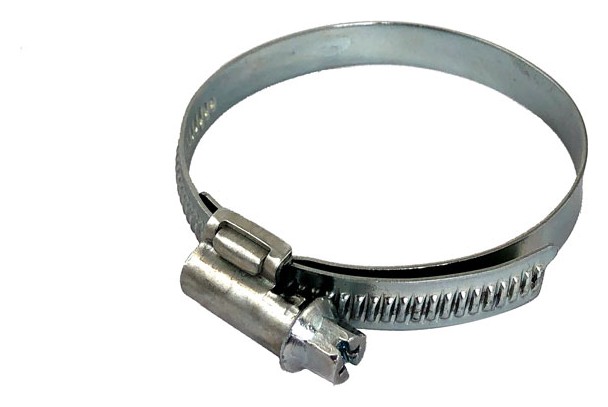When there are no lens cell present (glassJ, then you can use hammer impact without any risks at all. Attach the flange to a length of wood which has a circular cut out which will allow screw connections to the wood through, at least, 2 of the holes in the flange. Anti-clockwise blows, of course.



 Reply With Quote
Reply With Quote





Bookmarks